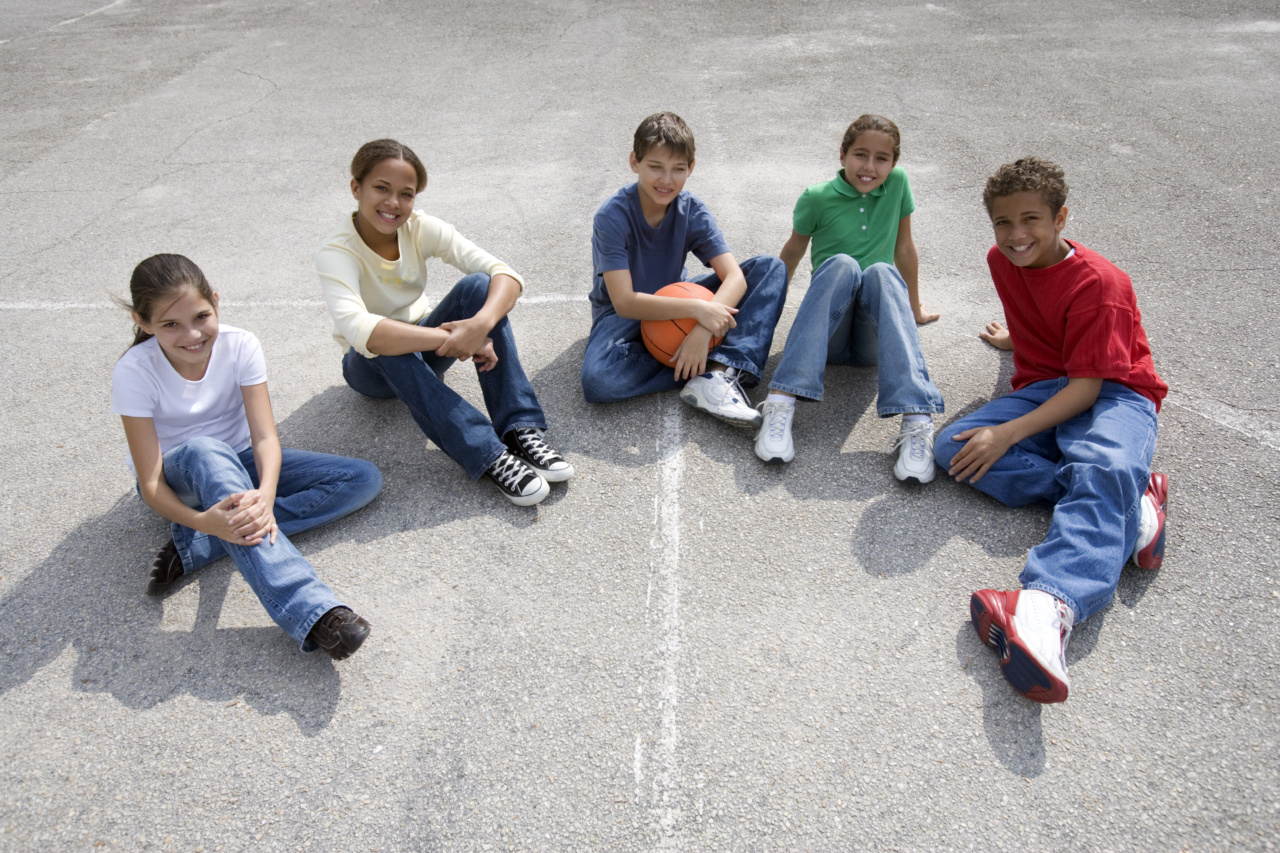Teenagers face a surprising amount of stress in their daily lives. An environment where social, academic, and familial demands all compete for attention can quickly lead to chronic and intense stress.
Though both boys and girls face ever-increasing levels of stress, the way in which it affects them can be quite different. Boys tend to become more aggressive while girls are prone to internalizing their stress, leading to depression and anxiety.
In this article, we will explore how stress affects boys and girls of different age groups and talk about ways to help them cope better.
How Boys Experience Stress
Teenage boys typically respond to stress by becoming more aggressive. They often react by getting in trouble at school, becoming more impulsive, and even getting into fights with classmates.
Boys who are already prone to aggressive behaviour are at increased risk of violence and criminal activities in response to increased stress levels. This response is due to the release of testosterone, which is a hormone that is associated with aggression and violence.
How Girls Experience Stress
Unlike boys, teenage girls tend to internalize their stress, leading to depression, anxiety, and low self-esteem. They may become excessively worried about their grades and appearance, and may avoid social situations or activities they once enjoyed.
Girls are more likely to reach out and seek help from friends and family or engage in substance abuse as a coping mechanism.
Stress and Teenage Boys
Boys aged 10-13 have been found to experience heightened levels of stress due to increased academic and social demands.
They may struggle academically due to impairment in reading abilities and may feel stressed when they fail to live up to their own or their parents’ expectations. Body image issues can also cause stress, leading to emotional self-regulation problems, irritability, and low self-esteem.
Furthermore, boys with ADHD may experience more stress due to their impulsivity, inability to concentrate, and social awkwardness.
Boys aged 14-17 face stressors such as pressure to excel in sports, the lure of drug experimentation, and oppositional behaviour at home, which can lead to problems with authority.
These teenagers are often influenced by peers in their decision making and may skip school or have family problems. Their risky behaviour can lead to involvement in criminal activities such as vandalism and stealing. Boys in this age group may also struggle with their identity and sexuality, making them more vulnerable to depression and anxiety.
Stress and Teenage Girls
Girls aged 10-13 also face academic and social demands, but they may also start to feel the pressures of adolescence such as biological changes in their bodies, unwanted attention, and the onset of early sexual activity.
Girls in this age group tend to become more image-conscious and may develop disordered eating patterns, which can have long-term effects on their health. Furthermore, girls may start to worry about making friends, and may feel isolated or withdrawn, leading to depression and anxiety.
Girls aged 14-17 face pressure to excel in academics and extracurricular activities while also having to navigate developing romantic relationships and sexual pressures.
They may become preoccupied with body image and feel pressure to conform to societal expectations of beauty. Furthermore, girls may face relational aggression, or bullying from other girls, leading to feelings of loneliness.
Teenage girls may also experience stress related to conflicts with parents and siblings, which can lead to feelings of guilt, further amplifying their anxiety.
Coping Strategies for Boys and Girls
There are several ways that parents, educators, and caregivers can help teenagers cope with stress. These strategies include:.
- Encouraging teenagers to set realistic goals and expectations that are based on their skills and abilities
- Encouraging regular exercise to help reduce stress and boost mood
- Helping teenagers develop good sleep habits
- Encouraging teenagers to talk about their feelings, and providing a safe and supportive environment for them to do so
- Maintaining a healthy diet and lifestyle, including reducing caffeine and alcohol intake
- Providing opportunities for relaxation, such as meditation or yoga
- Encouraging teenagers to engage in activities they enjoy, such as reading or playing music
- Encouraging healthy social interactions, such as spending time with friends and family
Conclusion
Teenage stress is a complex issue that affects boys and girls differently. While boys tend to react by becoming more aggressive, girls tend to internalize their stress, leading to depression, anxiety, and low self-esteem.
By understanding the unique ways in which stress affects teenagers, parents, educators, and caregivers can provide effective support and interventions to help them cope better. The most important thing is to provide a safe and supportive environment, in which teenagers feel comfortable talking about their feelings and emotions.
Encouraging relaxation and stress-reducing activities, like exercise and meditation, can also help them to feel more in control and empowered to manage their stress levels.






























